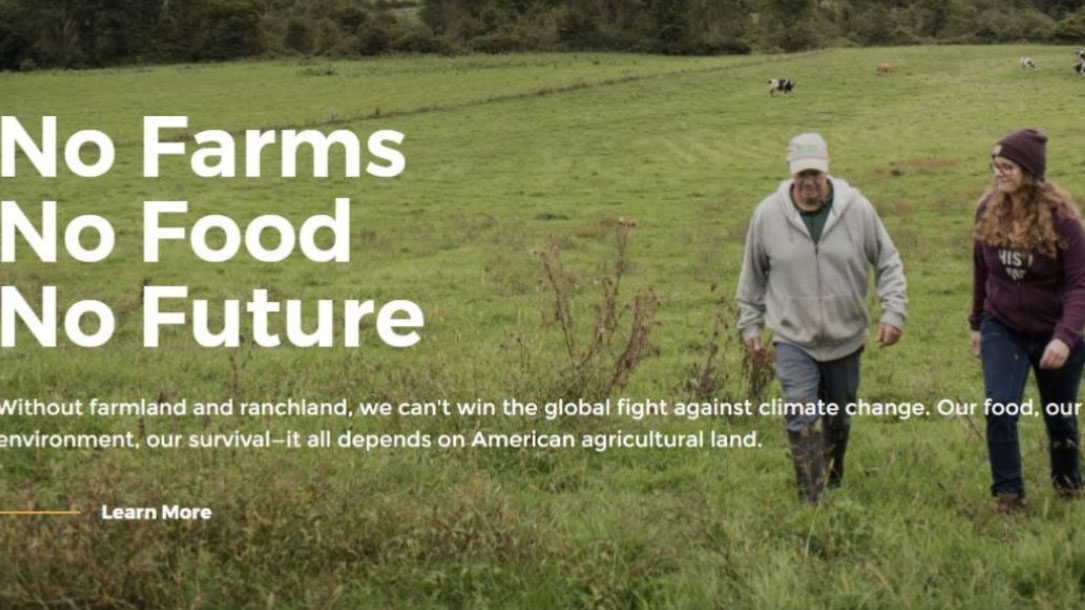
Farmers combat climate change
American Farmland Trust is committed to making U.S. agriculture climate neutral. To do so, we are elevating the role of farmers and farmland in adapting to and mitigating the effects of climate change. From policy leadership, coalition building, and training, to research and on-the-ground demonstration projects, we are working to scale up the adoption of regenerative and soil health-promoting agricultural systems…
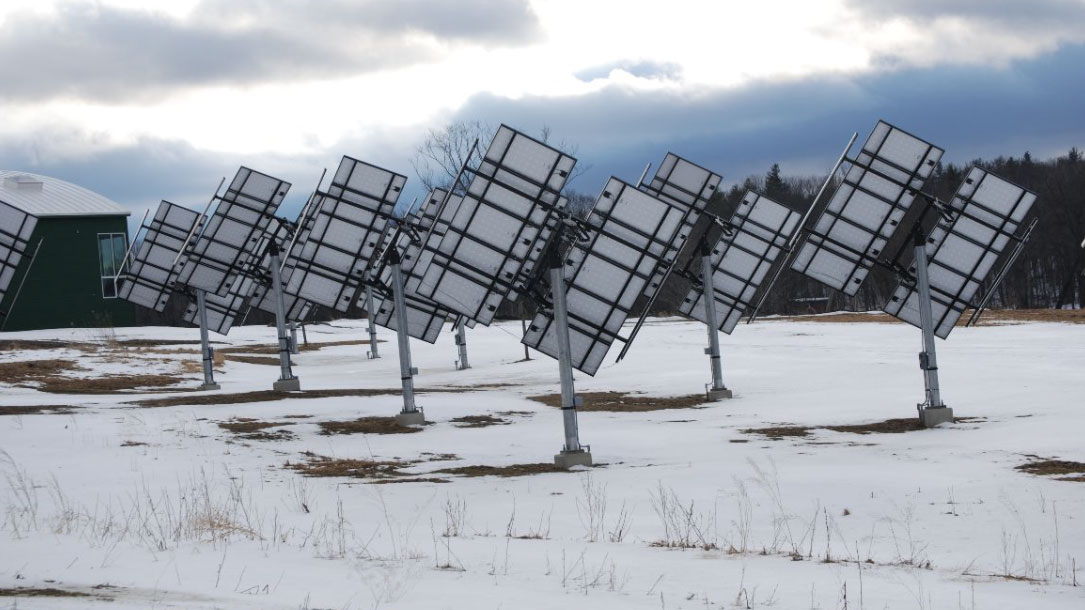
Best practices in local review of community solar in rural areas
Community solar projects have numerous novel features, compared to other types of development. During this session, Adriana Beltrani, an Environmental Planner with the firm Nelson, Pope, Voorhis will present what to look for in a complete site plan application package and explore ways for local planning boards to ensure that information about important resources and other local priorities are considered during the site design and review.
The session seeks to provide attendees with the tools to appropriately investigate, avoid, and mitigate potential impacts from solar projects…
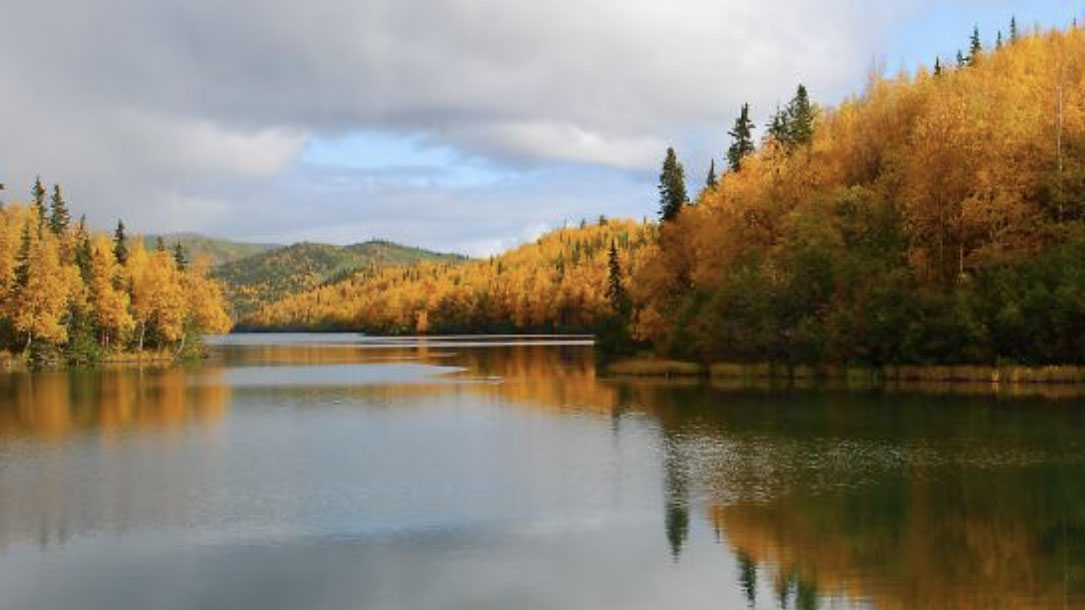
How the Community Forest Program works
“The Community Forest and Open Space Conservation Program (Community Forest Program) of the Forest Service offers a unique opportunity for communities to acquire and conserve forests that provide public access and recreational opportunities, protect vital water supplies and wildlife habitat, serve as demonstration sites for private forest landowners, and provide economic benefits from timber and non-timber products…”
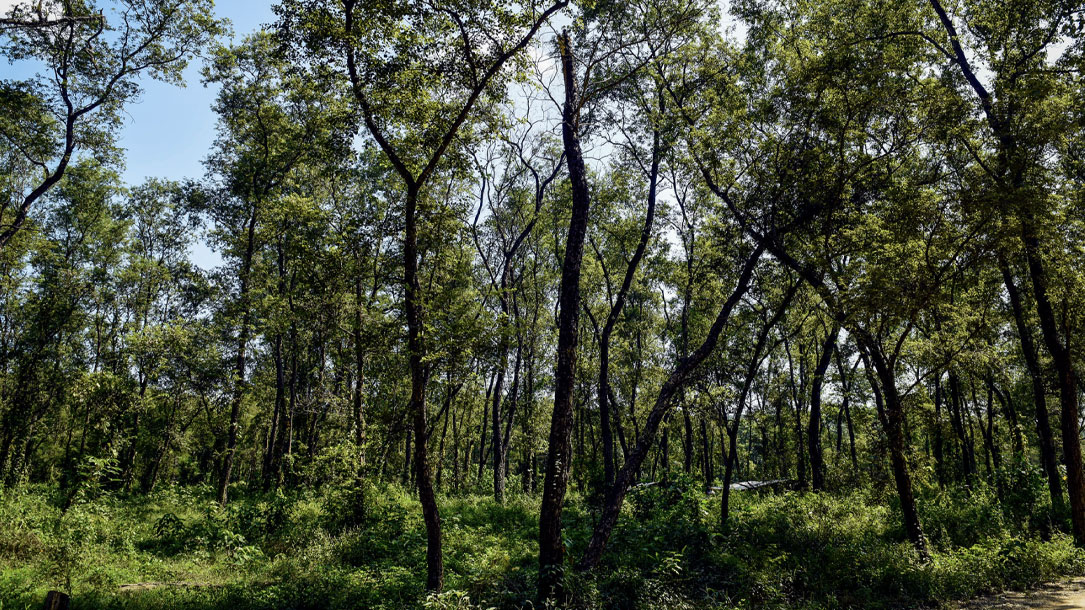
Community Forests: A path to prosperity and connection
“Community forests are protected forestlands that contribute to healthy, flourishing communities. Importantly, they offer residents and community members a direct say in how these lands are stewarded over time…”

Producing energy while protecting the land
“Part of our work as a community land trust is to help reframe the energy debate and build community energy resiliency.
…[W]e flipped the switch on our first solar energy array and as of today more than 50% of the energy we use to run Taos Land Trust is generated by our new solar panels. The 2kW photovoltaic array sitting on our downtown Taos property was installed through a generous grant from the PPC Solar Photovoltaic Donation Program. This is a huge move for us…”

Reflections for land trusts, October 2021
Last week, the national Land Trust Alliance hosted its land trust conference. There were over 60 presentations, including many on climate change and communications.
The timing couldn’t have been better. As climate change continues to accelerate, land conservationists and those who care about their communities are stepping forward to help people connect the dots on how to support meaningful change.
We recognize that climate change is quickly pushing animals and plants past their ability to survive, and natural climate solutions are, at best, predicted to be approximately 30% of the solution.
As natural systems become more stressed by climate change and the resulting disasters and impacts, natural climate solutions become more vulnerable.
Nature needs renewables — and our collective work to reduce energy consumption — to flourish.
To help with that, I thought you might appreciate this very thoughtful video about the role of “agrivoltaics” in water conservation, farm viability, and economic impact. It’s titled: “Agrivoltaics. An economic lifeline for American farmers?“
For too long, we’ve been saying that solar should avoid farmland, based upon soil type (meaning, avoiding lands of “prime” or “statewide” importance, etc.). Yet given that we know that climate change is stressing soils, and making farming and ranching more difficult, the question could better be framed: “How can solar (and wind) help farm and ranch viability, water retention, and soil health?”
Installing millions of acres of solar that are mowed like lawns, to me, is a gigantic waste. Instead, we could promote elevated solar that allows for a diversity of farming and ranching underneath and between the panels.
I look forward to hearing what you think of the agrivoltaics video, and what you think of the land trusts, featured below, who are helping to address climate change.
Best,

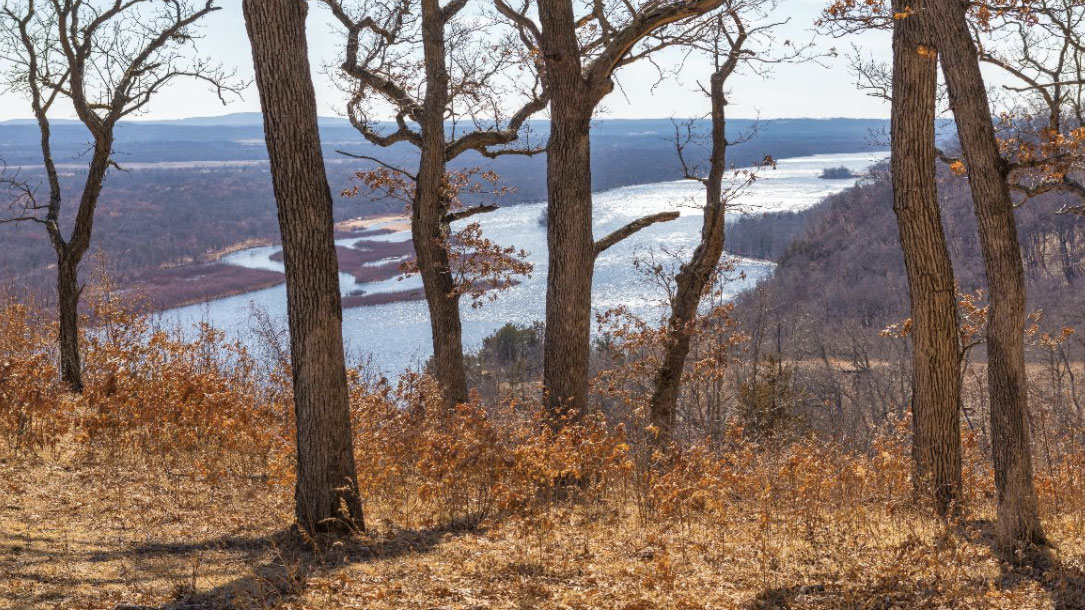
Land restoration for carbon sequestration
Striving to restore these affected areas back to their Native Plant Community type helps provide high-quality habitat for native plants and wildlife, helps protect uncommon and endangered species populations in the state, and protects vital essential ecosystem services such as clean water, clean air, and carbon sequestration.
The Minnesota Land Trust conducts three common types of restoration projects across the state: prairie restoration, wetland restoration, and woody invasives removal…

New community forest promotes climate change resilience
The Town of Pelham Conservation Commission and Kestrel Land Trust recently announced the acquisition of 161-acres of woodlands from private owners to create the Buffam Brook Community Forest, west of the Quabbin Reservoir, the second of its kind in the State of Massachusetts. The Community Forest and Open Space Program is a United States Forest Service Grant that funds local acquisition of land to create a publicly owned forest that is managed for the educational, recreational and economic benefit of the community.
This project is the culmination of years of work between the landowners, Kestrel Land Trust and the Town of Pelham to protect this important landscape, which supports endangered species habitat, local water quality, and climate change resilience.
[Note: You can find additional information here]
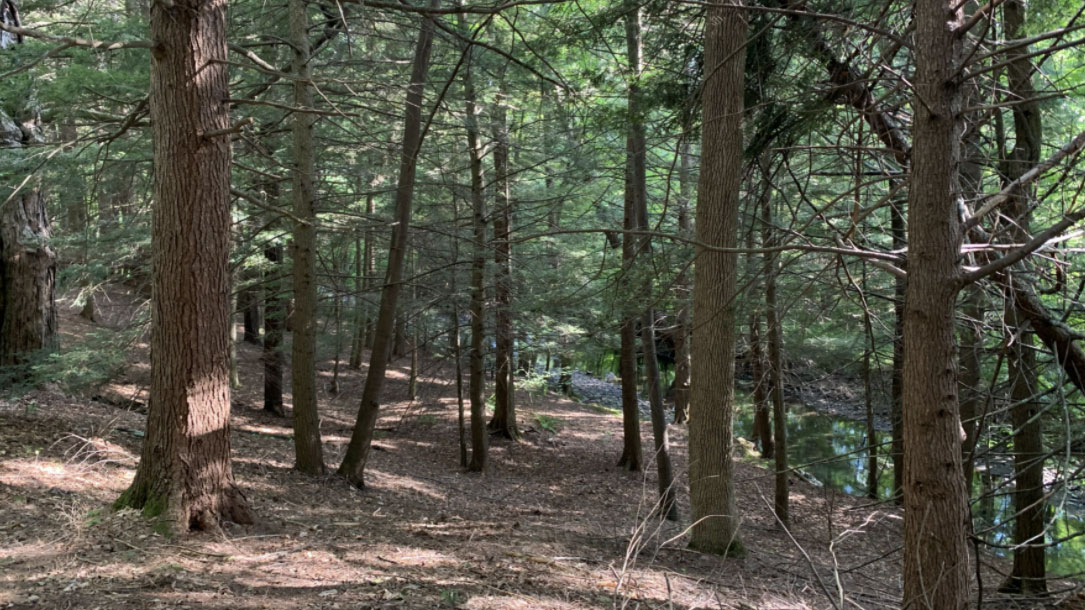
Working Woodlands Program
The principle behind Working Woodlands is simple: landowners agree to manage their forests sustainably in return for conservation and management assistance with improving the value and the health of their land.
Specifically, TNC works with landowners to analyze a property’s potential as wildlife habitat and for fighting climate change. In return, participating landowners receive…
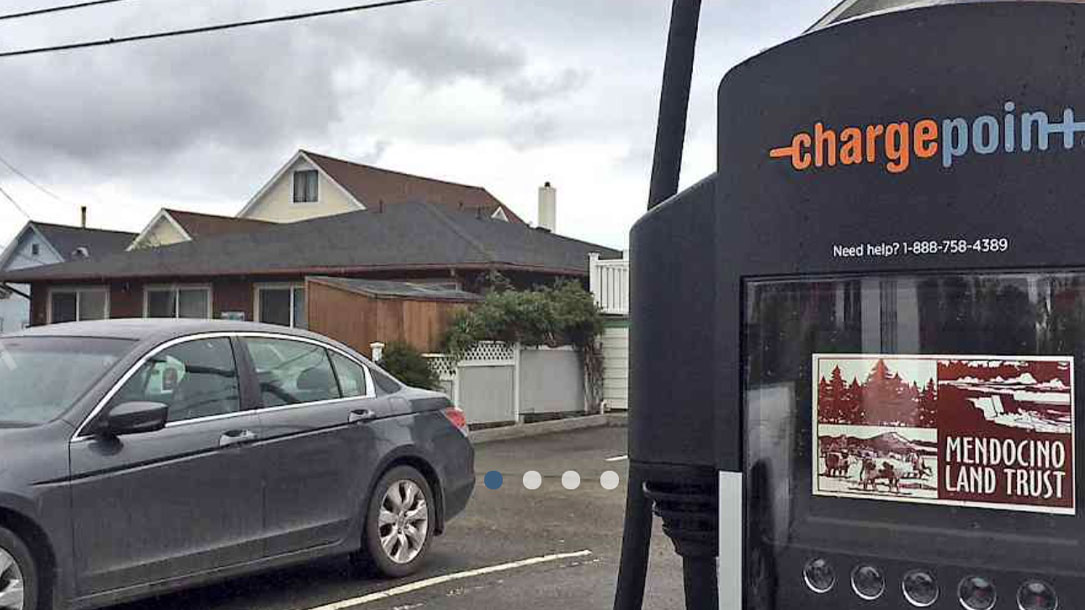
EV Stations Complete
“Mendocino County is on the road to a cleaner and more sustainable future with the installation of 13 new electric vehicle charging stations along the coast and in Willits. Thanks to a $498,040 grant from the California Energy Commission awarded to Mendocino Land Trust in 2014, a string of new electric vehicle charging stations are up and running.”












